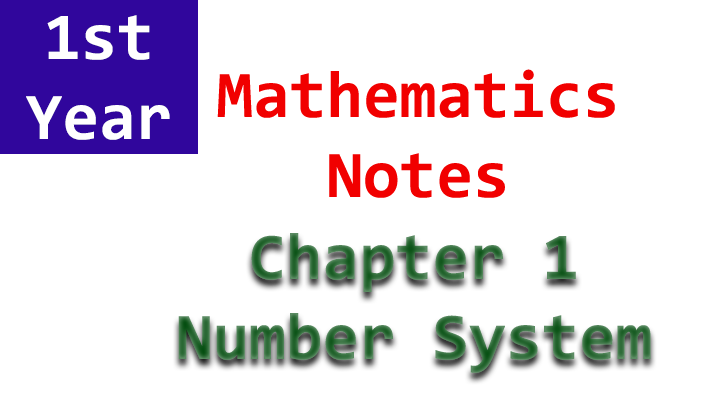In the dawn of human civilization, life was characterized by simplicity. Early ancient herders employed rudimentary methods to quantify their herds, comparing the count of sheep or cattle before and after grazing by equating them to piles of stones. In the nascent stages of number representation, vertical strokes like I, II, III, and so forth, served as symbols for numbers like 1, 2, 3, 4, and beyond.
Notably, “lllll” was a symbol employed, even by ancient Egyptians, to denote the number of fingers on one hand. Around 5000 B.C., the Egyptians adopted a base-10 number system, utilizing symbols for 10 and 100. These symbols were repeated as needed, for example, to represent numbers like 13 and 324. The symbol “||” signified 100 + 100 + 100 + 10 + 10 + 1 + 1 + 1 + 1. Different cultures devised their own numerical notations, but as societies evolved, these systems proved inadequate and were eventually discarded. Eventually, the set {1, 2, 3, 4, …} with a base of 10 emerged as the foundation for counting, known as the set of natural numbers.
However, this set couldn’t solve equations like x + 2 = 2, leading to the introduction of the set of whole numbers. Further challenges arose, particularly in solving equations like x + 4 = 2 or x + a = b (where a > b and a, b ∈ Z). To overcome these difficulties, negative integers such as -1, -2, -3, … were introduced, forming the set of integers Z = {0, ±1, ±2 ,…). Yet, even this system had limitations; for equations like 2x = 3 or bx = a (where a, b ∈ Z and b ≠ 0), solutions remained elusive.
This prompted the invention of rational numbers, expressed as a/b, where a, b ∈ Z, and b ≠ 0, to address such challenges. The set Q = {a/b | a, b ∈ Z, b ≠ 0} emerged as the set of rational numbers. Nevertheless, irrational numbers of the form ±√2 or ±√a (where a is not a perfect square) couldn’t be solved using rational numbers. Consequently, this continuous expansion of the number system culminated in the set of real numbers ℝ, which encompasses both rational and irrational numbers. In essence, this progression has led to the rich tapestry of numerical concepts that we encounter in our daily lives.

